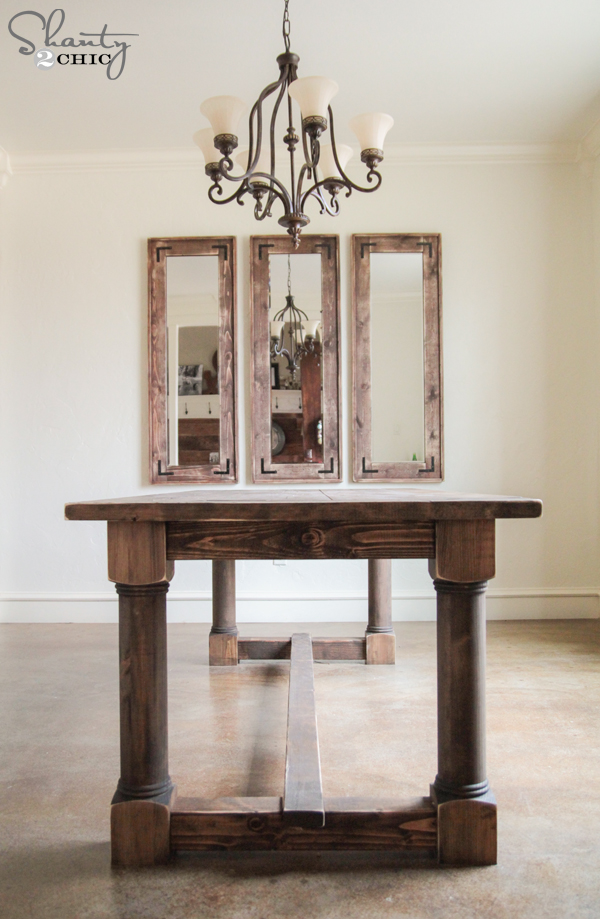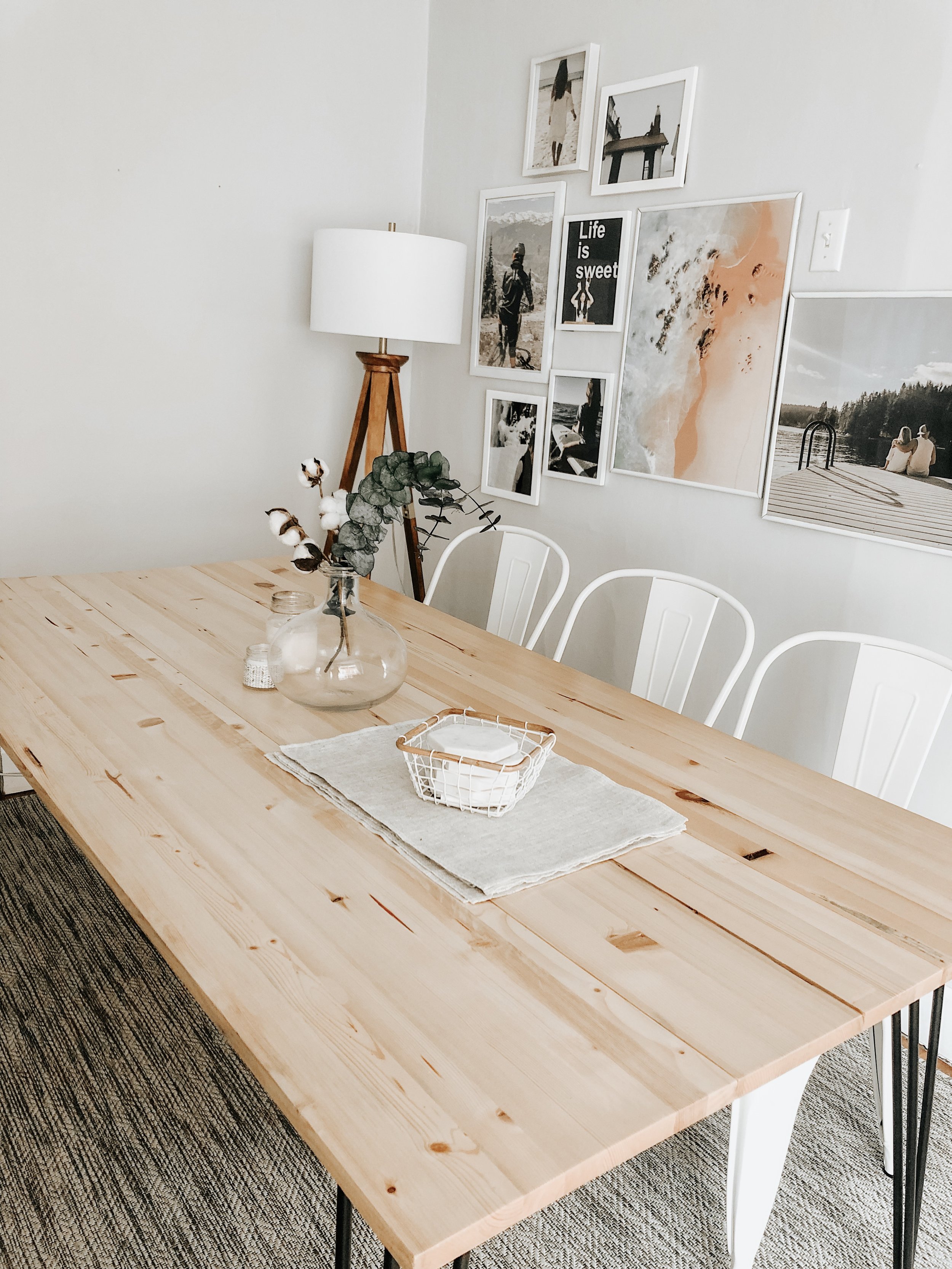Transform Your Dining Space with Stylish Dining Room Table Legs
Transform Your Dining Space with Stylish Dining Room Table Legs
Blog Article
From Traditional to Modern: Locate the Suitable Dining-room Table Legs for Your Style
While timeless designs such as cabriole and turned legs stimulate a feeling of timeless class, modern styles like hairpin and geometric choices offer an opportunity for striking visual rate of interest. As you take into consideration these elements, the question stays: just how can you flawlessly integrate these diverse leg styles to produce an unified eating experience?
Recognizing Table Leg Styles
The variety of dining-room table leg styles can considerably influence both the appearances and capability of the room. Each leg design adds one-of-a-kind functional functions and visual aspects, satisfying diverse layout choices and use demands. Comprehending these styles is essential for selecting the best eating table that lines up with your general interior decoration vision.
For example, conical legs use a clean, classic appearance that can boost a space's beauty, while stand bases give security and make best use of legroom, making them suitable for smaller sized areas. Hairpin legs, a characteristic of mid-century contemporary design, present an industrial flair, permitting for an airy, open feel. In a similar way, trestle legs evoke rustic beauty, supplying robust assistance and a sense of eternity.
Wooden legs can bring heat and appearance, whereas metal choices often communicate a streamlined, modern ambiance. Ultimately, recognizing table leg designs is important for developing a natural dining area that shows individual style while guaranteeing functionality and convenience.
Traditional Table Leg Options
When choosing dining-room table legs, traditional options typically personify classic elegance and craftsmanship. These styles show an abundant heritage and a dedication to top quality, making them ideal for those who appreciate classic looks.
Among one of the most legendary traditional leg designs is the cabriole leg, characterized by its graceful curved shape. This design frequently features ornamental carvings and is most typically discovered in Queen Anne and Chippendale furniture. One more prominent option is the transformed leg, which boasts a series of smooth, rounded shapes that provide a traditional look while preserving stability.
Additionally, the straight leg, while easy, provides a unadorned and tough framework that can mix effortlessly with a range of tabletop styles. For those attracted to ornate describing, claw-and-ball feet legs stimulate a sense of grandeur and can offer as a magnificent centerpiece in any type of dining space.
Last but not least, stand bases, although not strictly legs, provide a different standard choice that permits adequate legroom and can be magnificently carved. Each of these typical leg designs contributes to the overall setting of a dining-room, weding function with visual charm.

Modern Table Leg Designs
Modern table leg styles provide a varied series of designs that highlight tidy lines and ingenious products. These layouts typically focus on performance while working as striking focal points within an eating space. Minimal visual appeals are widespread, with legs crafted from materials such as steel, glass, and engineered wood, which add to a modern and airy feeling.
One preferred design is the barrette leg, characterized by its slender, conical framework that offers stability without overwhelming the table top (dining room table legs). This style is frequently located in mid-century modern-day furniture and can easily enhance various table forms. Another pattern is the use of geometric forms, where legs might take on angular or asymmetrical kinds, adding visual rate of interest and a touch of virtuosity

Mixing Designs for Special Areas
Commonly, house owners seek to create unique eating rooms that show their personal style by mixing different style elements. This approach permits the unification of varied aesthetic appeals, leading to a harmonious yet distinct setting. Coupling a rustic wood table with streamlined, contemporary steel legs can develop an eye-catching comparison that visit homepage raises the area's general appeal.
In addition, integrating vintage table legs with modern tabletops can stimulate a sense of background while preserving a modern perceptiveness. Such combinations not just showcase private taste however also motivate creativity, permitting property owners to curate a room that feels both individual and welcoming.
Color plays a crucial function in this mixing process; picking table legs that complement or comparison with the existing shade scheme can enhance aesthetic interest. Whitewashed legs can soften the daring of a dark table surface, producing a well balanced aesthetic.
Tips for Selecting the Right Legs
Picking the right table legs is important for accomplishing both capability and aesthetic charm in your eating room. Begin by thinking about the general design of your room. Conventional setups take advantage of legs that include elaborate carvings or transformed layouts, while modern spaces may require streamlined, minimal styles.
Next, evaluate the height and security of the legs. dining room table legs. Typical dining tables range between 28 to 30 inches in height, so make sure the legs match this dimension for convenience. In addition, durable materials, such as hardwood or metal, can enhance stability and longevity
Assess the leg shape also-- choices consist of straight, tapered, or pedestal layouts. Straight legs provide a traditional look, while tapered legs can include a touch of style. Pedestal bases give ample legroom and are perfect for smaller spaces.
Conclusion
In summary, picking the suitable dining area table legs needs careful factor to consider of both typical and contemporary styles. By useful link integrating leg style, elevation, and product with the overall decor, a cohesive and welcoming environment can be attained.
The range of eating space table leg designs can substantially influence both the appearances and performance of the space. Eventually, understanding table leg designs is important for developing a cohesive eating location that shows individual style while making sure practicality and convenience.One of the most iconic conventional leg designs is the cabriole leg, characterized by its elegant curved shape. Straight legs supply a classic appearance, while tapered legs can add a touch of sophistication.In summary, YOURURL.com selecting the optimal dining area table legs needs mindful consideration of both modern and standard designs.
Report this page